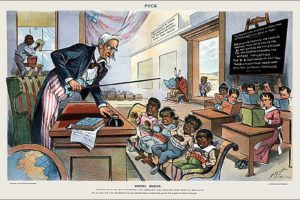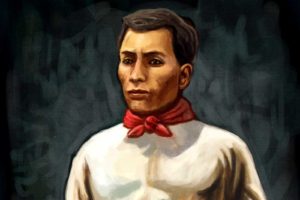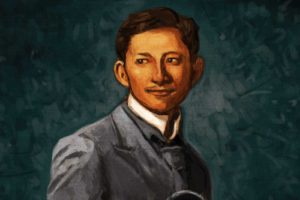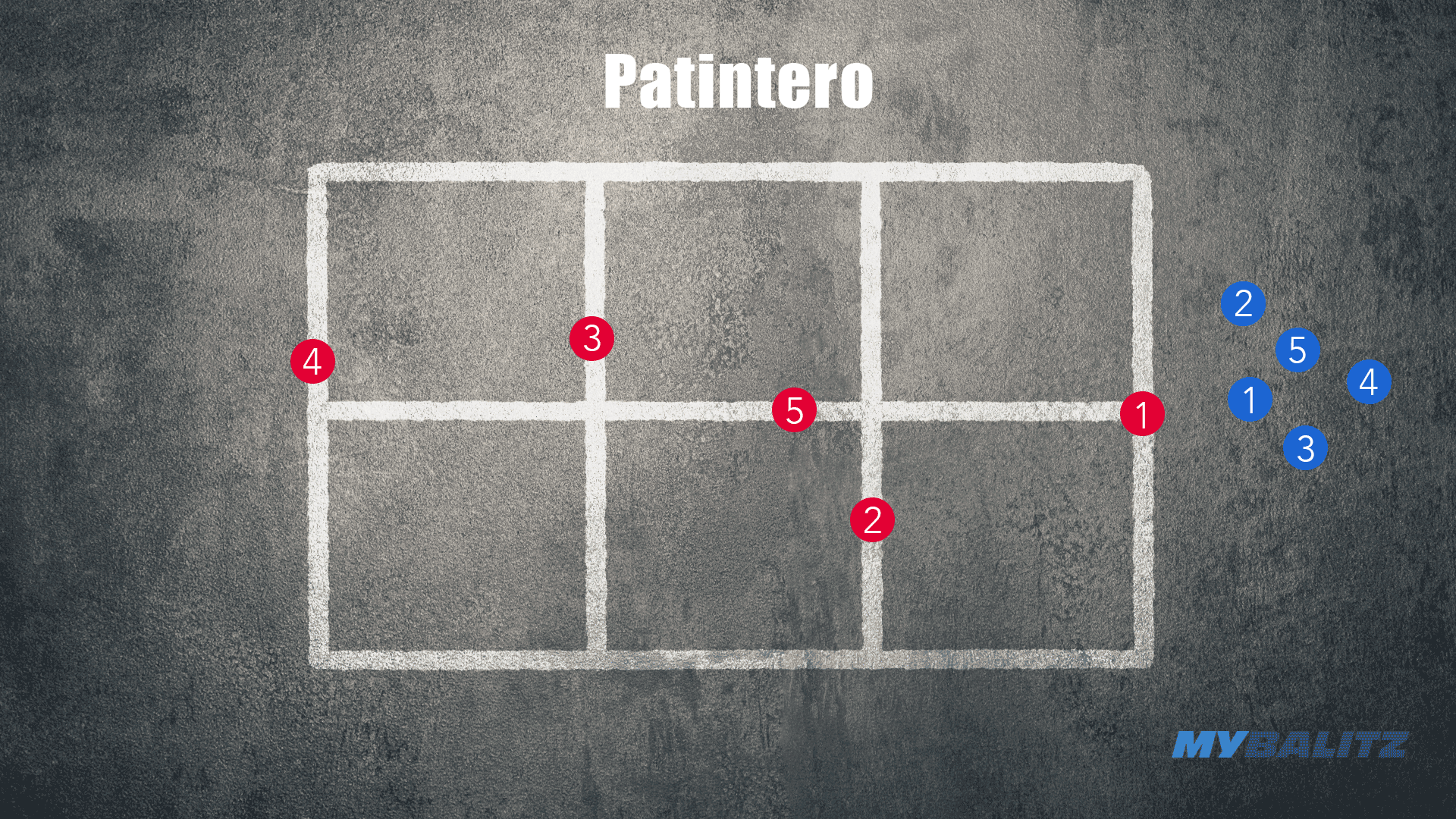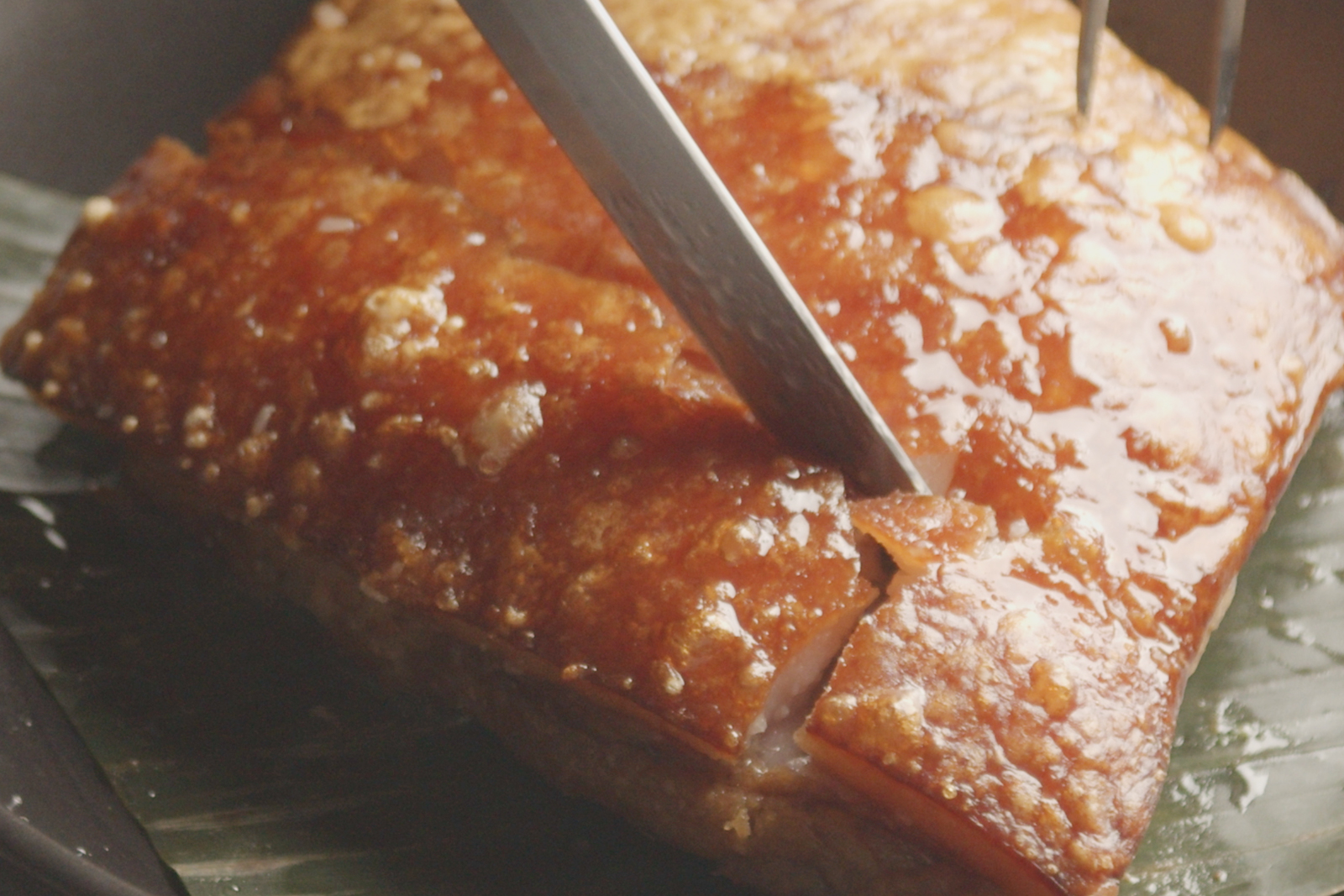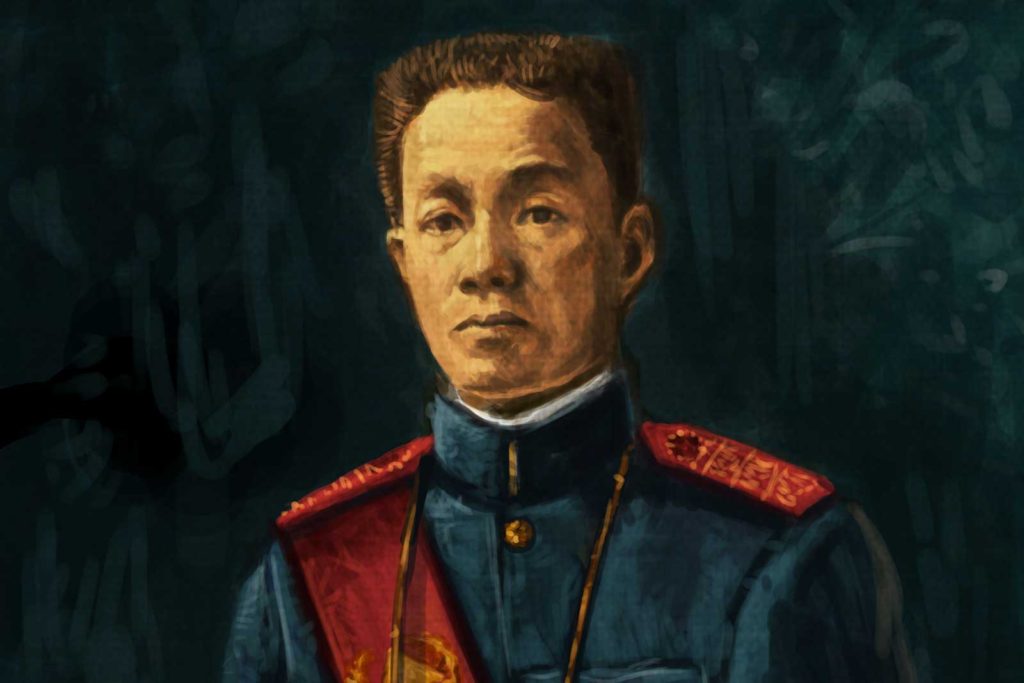
Emilio Aguinaldo was born on March 22, 1869 in Kawit, Cavite. His father was appointed by the Spanish colonial government as gobernadorcillo of Kawit. In 1895, Aguinaldo’s personal penchant for politics was evident when he became a cabeza de barangay in 1895. Later, he became the gobernadorcillo capitan municipal. This happened because the Spanish colonial government implemented the Maura Law which allowed indios to hold local political positions. The Spanish thought that this would assuage Filipinos and quench any desire for independence from Spain.
At that time, the Andres Bonifacio’s Katipunan was still a secret society and was recruiting members. Aguinaldo joined and took the alias of Magdalo. Thus, the local chapter of the Katipunan in Cavite was codenamed Sangguniang Magdalo. It was headed in name by Baldomero Aguinaldo but the group acknowledge the de facto leadership of Emilio Aguinaldo.
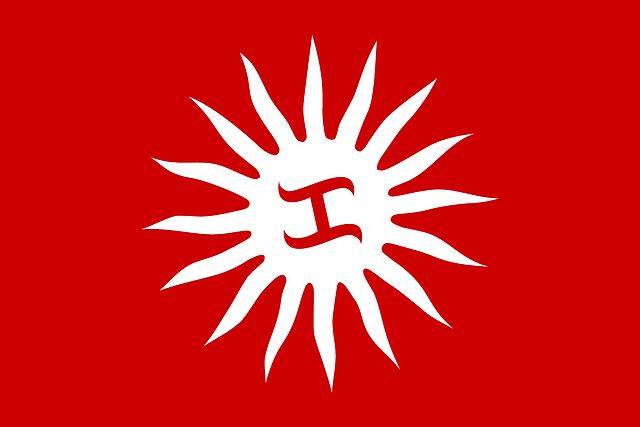
When hostilities between the Katipuneros and the Spanish colonial army first broke out, Aguinaldo and the rebels in Cavite refused to join because they did not have any arms. Aguinaldo rose to fame as a revolutionary because of his guerilla raids on the Spanish forces headquartered in Cavite. He achieved two things: he managed to drive the unprepared Spanish troops and he was able to obtain rifles from the Spanish garrisons to wage battle.
On August 31, 1896, Aguinaldo began the Kawit Revolt and liberated Kawit from the Spaniards. After that, detachments of Spanish soldiers were driven out of other towns in Cavite. At that time, as well, Bulacan, Laguna and Morong provinces just outside Manila were hotbeds of the revolution. The Spanish colonial government were in a state of shock and few reinforcements could be sent to the Philippines to quell the revolution because Spain was engaged in war with the United States in Cuba and Mexico.
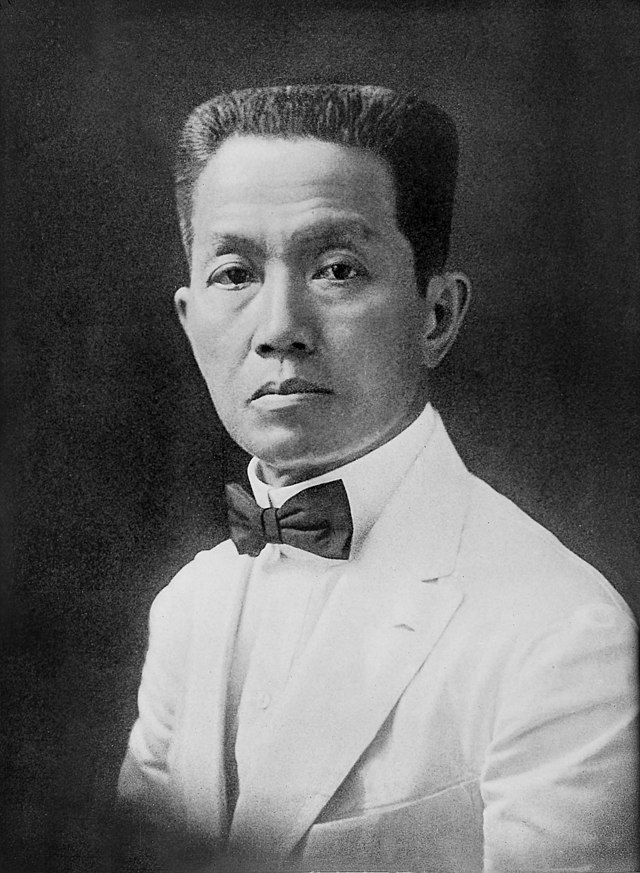
Aguinaldo was never the unanimous revolutionary hero of the province of Cavite—there was a rival faction to the Magdalo, the Magdiwang whose guerilla tactics managed to drive out the Spanish from other areas in Cavite. On October 31, 1896, Aguinaldo proclaimed a provisional government in Cavite. He effectively repudiated the Katipunan by issuing a second decree creating a Committee of the Revolution that will direct the entire revolution. He ordered the Committee of the Revolution to be replicated in every municipality in the Philippines. It is noteworthy that by issuing these decrees, Aguinaldo had arrogated to himself the national leadership of the Katipunan and the Philippines when not all of Cavite was even under his leadership yet.
On October 31, 1896, Aguinaldo proclaimed a provisional government in Cavite. He effectively repudiated the Katipunan by issuing a second decree creating a Committee of the Revolution that will direct the entire revolution.
Naturally, Aguinaldo’s actions displeased the Magdiwang faction of Cavite. They had their own Committee of the Revolution in towns that they held. Both factions invited Bonifacio to mediate. However, Bonifacio was in the thick of battle. When Bonifacio was finally able to visit Cavite, he found both factions hostile toward him and cool to his leadership. Rumors began to circulate in Cavite that Bonifacio was unworthy of being the Supremo as he was morally unfit. The revolutionary leaders of Cavite were all well-to-do ilustrados (like Rizal) and they looked down upon Bonifacio because he was from the lower middle class and he had no education. They were convinced that the national leadership of the Revolution and the nascent republic ought to be in the hands of the educated classes.
He ordered the Committee of the Revolution to be replicated in every municipality in the Philippines. It is noteworthy that by issuing these decrees, Aguinaldo had arrogated to himself the national leadership of the Katipunan and the Philippines when not all of Cavite was even under his leadership yet.
At the meeting in Imus, Baldomero Aguinaldo (a cousin of Emilio Aguinaldo) insisted that they draft a constitution for the revolutionary government because the Katipunan should no longer continue to lead the Revolution. However, at this time, the Katipuneros under the leadership of Bonifacio had been winning battle after battle as far away as the Ilocos provinces and Iloilo province in the Visayas because the Katipuneros were aided by the local population. Aguinaldo and the other revolutionary leaders of Cavite were of the belief that the Revolution was only in Cavite and therefore, Cavitenos ought to be in leadership positions in the Revolution.
One of the blackest rumors stirred by the Cavitenos against Bonifacio was that Bonifacio was in secret negotiations with the Spaniards when in truth, it was Aguinaldo himself who agreed to meet with the auditor general of the Spanish Army. By this time, the Spanish Army had overcome its initial shock and surprise and had been regaining territories it had initially lost to the rebels. This was only the first attempt by Aguinaldo to negotiate with the Spanish Army.
In March 1897, the Magdiwang and the Magdalo factions met again in Tejeros ostensibly to discuss how to regain territories in Cavite they had lost to the Spanish Army. But before this could be discussed, those at the meeting (mostly Cavitenos) demanded the establishment of a new revolutionary government and for an election for president to be held right there and then. The elections, of course, were rigged as there were far more ballots prepared than there were men present. To pacify Bonifacio, he was elected as director of the interior but even this election was questioned by Daniel Tirona because Bonifacio was uneducated.
Bonifacio repudiated the election for being fraudulent and null and void on his authority as President of the Supreme Council of the Katipunan. More importantly, no revolutionary government could be formed by the Cavitenos only without the participation of other leaders from the other provinces.
However, just the same, Aguinaldo took his oath of office on April 18, 1897. It was no surprise that those elected as officials of the revolutionary government in Tejeros were all relatives by consanguinity or affinity and they were all Cavitenos.
Bonifacio reasserted his leadership and called the revolutionary government of Aguinaldo as a betrayal of the revolution of the people. Aguinaldo’s response was to charge Bonifacio with treason and order his arrest. Bonifacio was tried by court martial, found guilty (on what was conflicting and contradictory evidence), sentenced to death, and executed. Aguinaldo later ordered the records of the court martial that condemned Bonifacio to be burned. They were hidden, instead, and later disclosed.
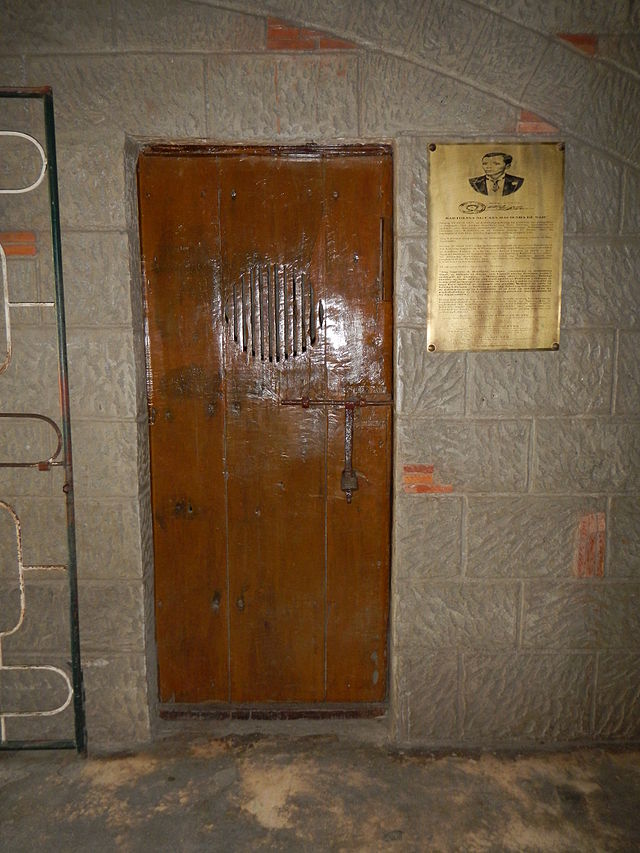
Casa Hacienda de Naic, in the Philippine Revolution, this building is a) where Bonifacio created the Naic Military Agreement, which formed a rival government that rejected the Tejeros election and asserted Bonifacio as the leader; b) the site is where Bonifacio and his brother Procopio were later imprisoned at a small “bartolina” under the main staircase of the building after they were previously captured in Indang Cavite by rival Magdalo soldiers. 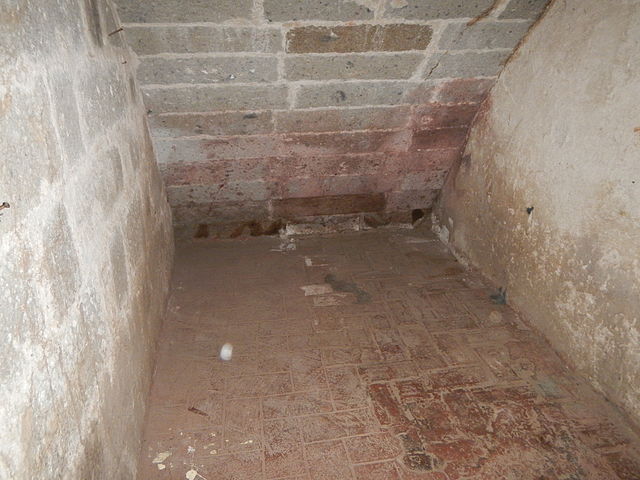
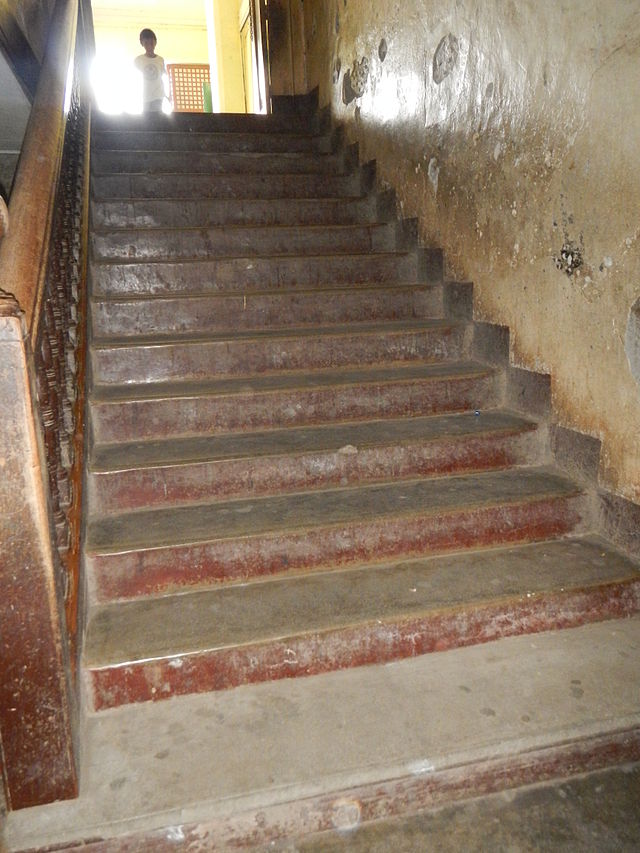
Casa Hacienda de Naic, in the Philippine Revolution, this building is a) where Bonifacio created the Naic Military Agreement, which formed a rival government that rejected the Tejeros election and asserted Bonifacio as the leader; b) the site is where Bonifacio and his brother Procopio were later imprisoned at a small “bartolina” under the main staircase of the building after they were previously captured in Indang Cavite by rival Magdalo soldiers.
Inevitably, Aguinaldo was driven out of Cavite by the Spanish army. He retreated to Biak-na-Bato in Bulacan. Aguinaldo began recognizing the Katipunan leadership in other provinces and sought to bring them under his leadership. Aguinaldo’s revolutionary government created the Republic of Biak-na-Bato.
While Aguinaldo published exhortations to the rebels to continue fighting, Aguinaldo presented a draft of his surrender to the Spanish colonial government in exchange for money to be paid to him. Aguinaldo haggled with the Spanish authorities and finally agreed to be paid the sum of P1,300,000. Not all of it would go to Aguinaldo, however. The Spanish authorities wanted half to be paid to those who had suffered losses in the war. Other officers and revolutionary leaders will also be paid sums of money. On December 14, 1897, Aguinaldo, through a representative, signed the Pact of Biak-na-Bato. On December 25, 1987, Aguinaldo proclaimed the end of the revolution and prepared to leave for Hong Kong.
All along the route that Aguinaldo traveled from Biak-na-Bato to Pangasinan where he and his officers were to board the steamer for Hong Kong, the well-to-do Filipino middle classes gave Aguinaldo a warm send-off. It was during this time, in an interview with a journalist that Aguinaldo said that he fought against the Spaniards for reforms, particularly, to minimize the influence of the friars but that he had no wish to separate from Spain unlike Bonifacio and the Katipunan. Aguinaldo admitted in that article that he ordered Bonifacio to be shot. Scholars view this as Aguinaldo’s betrayal of the Revolution.
Aguinaldo admitted in that article that he ordered Bonifacio to be shot. Scholars view this as Aguinaldo’s betrayal of the Revolution.
While in Hong Kong, Aguinaldo never saw the money he was promised. He received a letter of credit and he lived off the interest of the money. In the meantime, the leaders who surrendered but stayed in the Philippines were paid small sums of money as indemnity for their losses in the war. Other leaders continued to fight. The revolution continued in Cebu and the Panay Island.
In the meanwhile, Commodore George Dewey’s fleet was docked in Hong Kong and as soon as the US Congress declared war against Spain, Commodore George Dewey set sail for Manila Bay and “defeated” what remained of the Spanish Armada in what is now known as the “Mock Battle of Manila Bay.”
Aguinaldo returned to Manila after the US defeated Spain. He immediately issued a declaration of independence from Spain and proclaimed that the revolution that continued during his exile was under his leadership and direction. He then created a cabinet and demanded the surrender of the remaining Spanish troops while also acknowledging the protectorate of the United States.
Aguinaldo’s troops were losing the battle for Manila as the Spanish troops were well-entrenched in Intramuros. Commodore Dewey asked Aguinaldo to retreat from their positions so that they will not be in the line of fire of the American battleships. Aguinaldo agreed. When the US troops “defeated” the Spanish holdouts (this was a mock battle only because by this time the Treaty of Paris had been signed between the US and the Spanish crown with Spain ceding all its colonies in Mexico, Cuba and the Philippines to the US for $20,000,000).
Aguinaldo moved his government to Malolos. The Malolos Congress was called and the Constitution of Malolos was inaugurated. On January 23, 1899, the Malolos Republic was inaugurated and Aguinaldo was elected as its first president. One of his first acts was to order municipal or local elections.
The wealthy middle classes felt it was their right to hold office and complained to Aguinaldo when the people elected the revolutionary leaders from the lower middle classes. The middle classes thought that the poorer classes were incapable of public administration. By this time, the indios and mestizos made up the middle classes and they had eclipsed the insulares (island-born Spanish population) in wealth, education and power. Complaints of human rights violations were brought up by the people against Aguinaldo’s own Kawit Regiment. Vast landholdings of the rich absentee landlords and the absentee friar landlords were not redistributed to the people who actually tilled the soil. The class struggle between the rich middle classes and peasant poor weakened Aguinaldo’s government and army.
Aguinaldo was the choice of the Philippine elite to head the Malolos Republic but when the Philippine-American War broke out, the middle classes and the elite who had much to lose in another round of fighting abandoned any ideals of independence. They pressured Aguinaldo to stop the revolutionary generals from continuing to wage war against the Americans.
Aguinaldo was the choice of the Philippine elite to head the Malolos Republic but when the Philippine-American War broke out, the middle classes and the elite who had much to lose in another round of fighting abandoned any ideals of independence.
The American Army through General Elwell Otis sent an ultimatum to Aguinaldo to order his troops to evacuate their positions. Aguinaldo asked General Otis to reword his ultimatum as a request so that he will not be humiliated before his troops. After Gen. Otis agreed, Aguinaldo agreed to withdraw from Paco and Pandacan suburbs of Manila. Hostilities broke out between the American troops and the Filipino troops in February 1899. The Malolos Congress declared a state of war against the United States on February 15, 1899. It will not end until 1902.
During the Philippine American War, General Antonio Luna rose in power and popularity among the revolutionary soldiers and the peasant population. Gen. Luna advocated for total independence and he met opposition from the elite who surrounded Aguinaldo. Suspected of planning to oust Aguinaldo in a coup d’etat, Gen. Luna was assassinated in Cavite. Aguinaldo was blamed for his death as well although Aguinaldo denied this until his death in 1964.
Aguinaldo was finally captured by US troops in Palanan, Isabela after months of hiding. On April 1, 1901, Aguinaldo he took his oath of allegiance to the United States. He urged all those still resisting the Americans to lay down their arms. Guerilla fighting will continue until 1904 even after the US had proclaimed the end of the Philippine-American War in 1902.
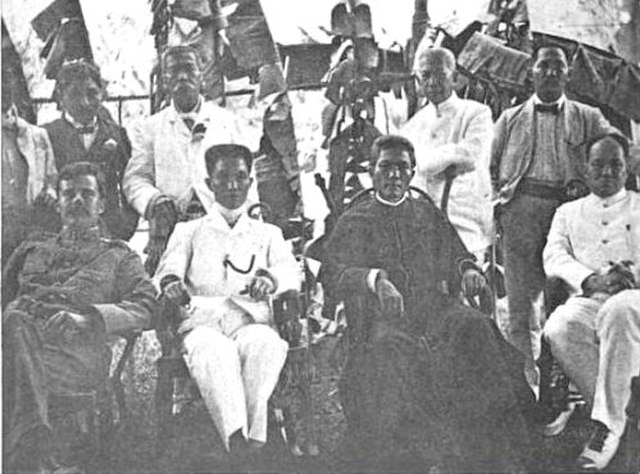
The US Army in the Philippines continued to wage a brutal war of pacification against the last revolutionary war holdouts. Brutality marked the tactics of the US troops who used tactics such as hamletting and scorched earth to rout rebels. They also used the “water-cure” on Filipino prisoners of war. Finally, the last pockets of revolutionary fighters were declared brigands and bandits and were hunted down like common criminals.
Today, it is difficult to find historical sources that praise Emilio Aguinaldo. There are, however, numerous scholars that criticize him as an ambitious man who only used the Philippine Revolution for his own personal aggrandizement and political aspirations.













